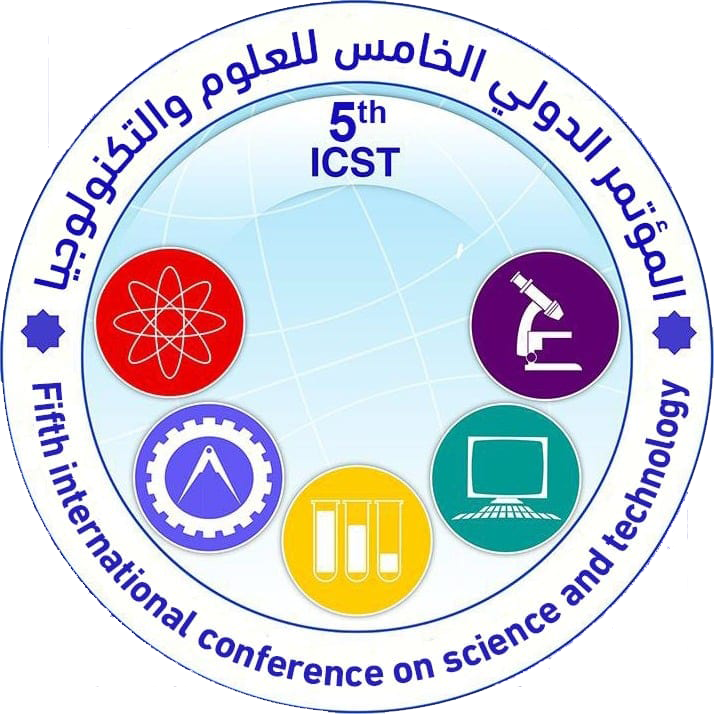Antimicrobial and anti-biofilm activity of titanium dioxide nanoparticles alone and in combination with erythromycin against methicillin-resistant Staphylococcus aureus
Abstract
Background: S. aureus is a major pathogen and the predominant bacteria that causes hospital-acquired infections. TiO2NPs have unique characteristics and expanding use for different applications in nanomedicine and have attracted enormous interest in the various rising nanoproducts. Objective: To evaluate the anti-bacterial and anti-biofilm activities of TiO2NPs alone and in combination with the macrolide class of drugs (Erythromycin) against S. aureus isolated from different clinical specimens. Methods: Kirby-Bauer’s disk diffusion technique was applied for antimicrobial susceptibility testing against S. aureus isolates. The Minimum inhibitory concentrations of TiO2NPs and erythromycin were performed with the broth microdilution method, while biofilm formation was investigated by the Calgary technique. Results: At a total of eighty-five strains of S. aureus clinical isolates from patients who are in hospitals in the medical city of Baghdad, 34 (40%) of S. aureus were sensitive to penicillin class (Methicillin) while 51 (60%) were resistant to methicillin, with statistical significance between both groups (P <0.05). In urine samples, the majority of S. aureus isolates were 21 (24.7%), followed by sputum with 14 (16.5%) samples. Patients infected with S. aureus were significant among age groups of 45–54 years old and patients with Ages between 15 and 35 indicate a lower susceptibility to S. aureus infection.mThe results showed that the prevalence of infection with S. aureus was significantly higher among female patients 30 (35.3%) rather than male patients 21 (24.7%), and the male/female ratio was 0.46/1. Vancomycin and imipenem were the most active antibiotics against MSSA and MRSA, with sensitivity of 85 (100%) and 82 (96.5%) for vancomycin and imipenem, respectively, whereas MRSA and MSSA exhibited marked resistance to ciprofloxacin and azithromycin, with sensitivity of 64 (75.3%) and 38 (44.7%), respectively.mTiO2NPs showed excellent biofilm inhibitory activity against MRSA and MSSA isolates, and results showed that TiO2 NPs alone with ½MIC can inhibit biofilm formation by about 40% of MRSA and about 60% of MSSA. Moreover, the combination of TiO2 NPs with erythromycin inhibits biofilm formation by approximately 80–90% for MRSA and MSSA, respectively.
Full text article
Authors
Copyright (c) 2022 Journal of Pure & Applied Sciences

This work is licensed under a Creative Commons Attribution 4.0 International License.
In a brief statement, the rights relate to the publication and distribution of research published in the journal of the University of Sebha where authors who have published their articles in the journal of the university of Sebha should how they can use or distribute their articles. They reserve all their rights to the published works, such as (but not limited to) the following rights:
- Copyright and other property rights related to the article, such as patent rights.
- Research published in the journal of the University of Sebha and used in its future works, including lectures and books, the right to reproduce articles for their own purposes, and the right to self-archive their articles.
- The right to enter a separate article, or for a non-exclusive distribution of their article with an acknowledgment of its initial publication in the journal of Sebha University.
Privacy Statement The names and e-mail addresses entered on the Sabha University Journal site will be used for the aforementioned purposes only and for which they were used.





